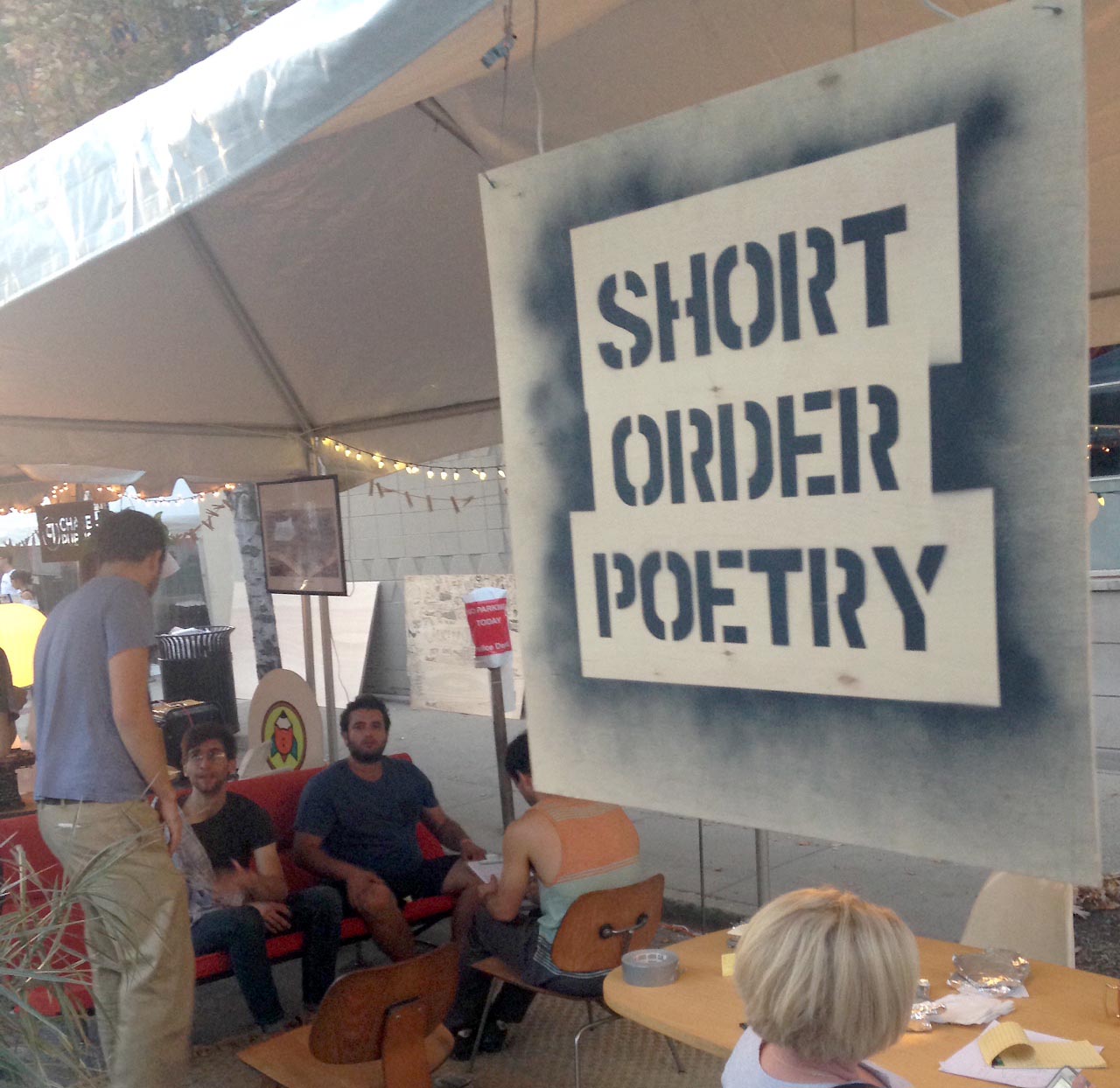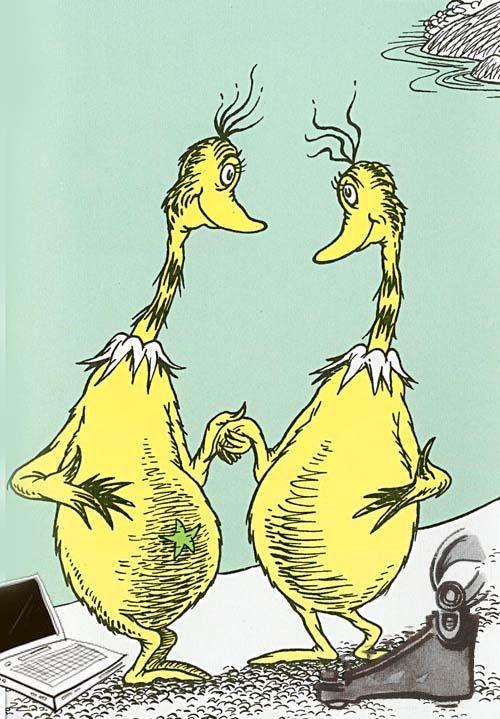Please join me in admiring the most beautiful Royal 10 I've ever encountered. Made in 1927, this typewriter is still glossy, gleaming, and working like a charm. The shift is easy, the keys are snappy, the decals are bright.
This Royal was driven the 200 miles from Toledo to Cincinnati by the woman who owns it, so that I could service it at The Urban Legend Institute. I spent an hour brushing out eraser shavings and dust (which were much less plentiful than in your average old typewriter), lubricating the carriage rails, wiping the paint clean, polishing the chrome and paint, and putting in a fresh ribbon.
The owner says that her father used to spend time cleaning the machine with Q-tips, and it has been kept covered. The moral? Simple but consistent care and consideration will let a good typewriter carry on long after its constructors and its original owner have passed away.
Another moral: condition matters. Look for a typewriter that's been treated well, and it will perform the way it was meant to perform. What a treat!
This Royal was driven the 200 miles from Toledo to Cincinnati by the woman who owns it, so that I could service it at The Urban Legend Institute. I spent an hour brushing out eraser shavings and dust (which were much less plentiful than in your average old typewriter), lubricating the carriage rails, wiping the paint clean, polishing the chrome and paint, and putting in a fresh ribbon.
The typewriter belonged to the owner's father. She used it, among other things, to write an A paper in high school in the '70s (this paper came along for the ride, and I got to admire her skillful typing). And now the typewriter is going to write items for her daughter's wedding—a wonderful way to let the spirit of her father participate in her daughter's new life.
The owner says that her father used to spend time cleaning the machine with Q-tips, and it has been kept covered. The moral? Simple but consistent care and consideration will let a good typewriter carry on long after its constructors and its original owner have passed away.
Another moral: condition matters. Look for a typewriter that's been treated well, and it will perform the way it was meant to perform. What a treat!

































